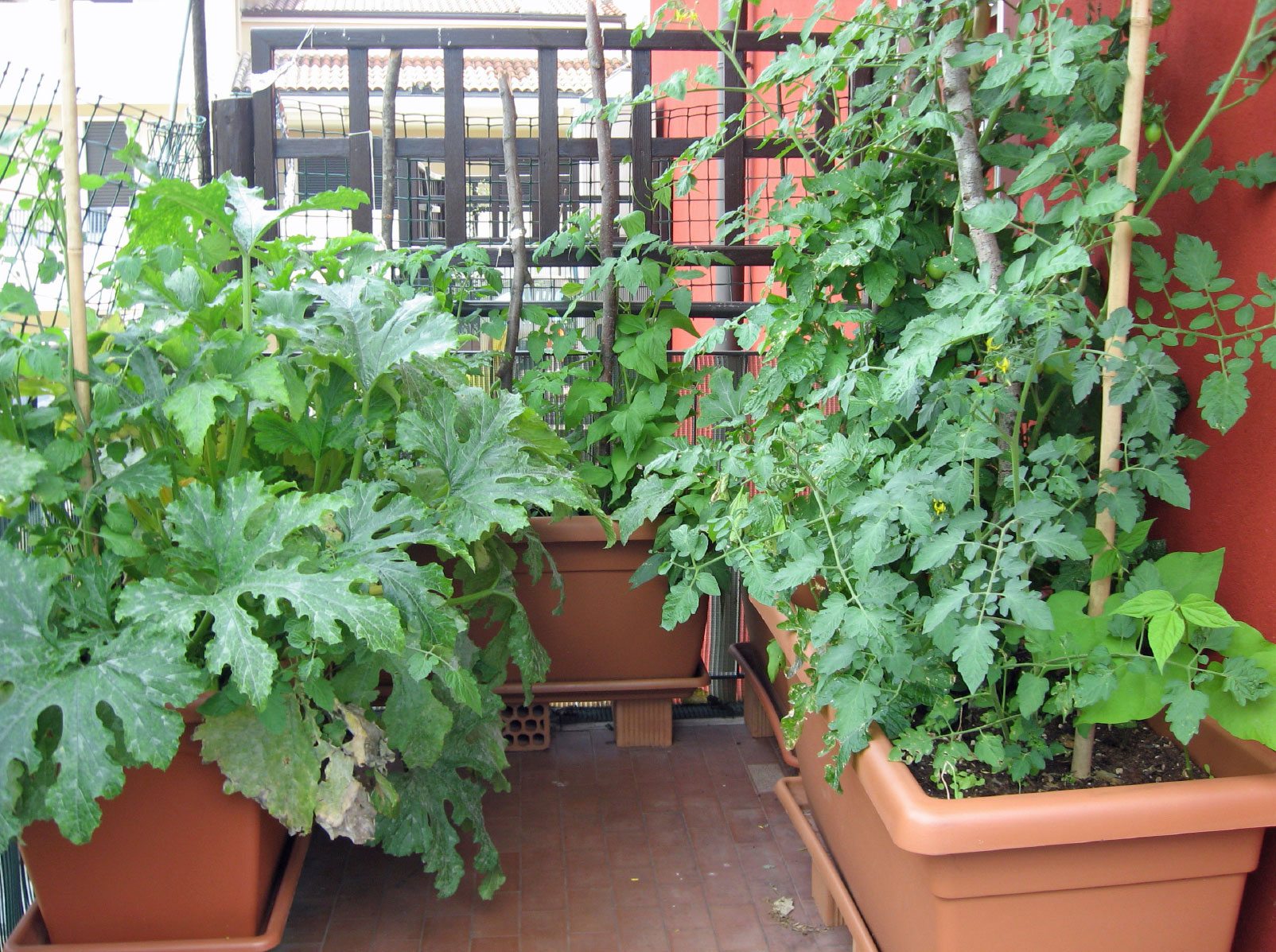The Basic Principles Of City Blooming

When thinking regarding gardening and farming, photos of internal city Detroit, South Central Los Angeles or the Bronx do not typically come to mind. On the contrary, you may visualize rolling fields, red barns, and cow pastures. Nonetheless, as metropolitan farming and area gardens remain to grow, assisting city-dwellers go back to their roots in a whole brand-new means, these stereotypes are starting to transform.
As you stroll the streets of the Bronx, Southside Chicago or East Oakland, you may see have actually also seen big plots of ripening fruits and veggies being harvested. What exactly are urban farms and community gardens? Urban agriculture, metropolitan farming, or urban horticulture is the method of cultivating, handling and dispersing food in or around metropolitan areas.
Usually, city farming as a technique is a larger investment than horticulture. There are plenty of extra hours spent right into the trivial matters of farming, from the plant strategy to the tending of your beds. This time commitment takes on a whole brand-new significance once you understand the objective that is being functioned in the direction of and dedicated, namely that of obtaining a bountiful return of crops to be eaten.
A neighborhood garden is a solitary parcel gardened jointly by a group of people. Community yards use either individual or common plots on personal or public land while creating fruit, veggies, and/or plants grown for their appealing look. The fundamental model right here is that a large team of people each add a reasonably small quantity of time to functioning their very own plot, and obtain the fruits of their labor consequently.
Rumored Buzz on City Blooming

, and community companies by assisting them develop and grow their very own yards. The distinctions in between neighborhood yard and city farm are nuanced, though in the end the very same standard activity takes placefood crop farming however within various organizational frameworks - container and raised bed gardening etc..
Urban ranches are typically much more organization and technology oriented, with the primary purpose of taking full advantage of yields and marketing produce. Commercial urban farms are usually targeted at expanding production on generally tiny acreage with technologies in modern technologies such as tank farming, hydroponics, and greenhouses and might companion with a business kitchen to develop locally-produced value-added products such as jams and sauces.
How City Blooming can Save You Time, Stress, and Money.
The fruit and vegetables is normally grown on a much smaller scale and is taken home to eat at home or to share. By giving much required eco-friendly spaces in destitute, concrete urban locations, they enable the benefits of backyard gardening to those lacking yards, and work as exceptional examples of self-organization and community activism.
Some community yards, commonly in metropolitan areas, move right into expanding for business use while some city farms open up their land for more socially aware benefits. Despite how you define and differentiate both, they are both positive pressures forever in cities around America and the globe. They both supply much easier access to fresh, regional fruit and vegetables; improve an area's aesthetic; and serve as superb academic tools, teaching individuals where their food originates from. Little Axe Peppers has actually currently partnered with over 73 area gardens around the USA.
As all of Small Axe Peppers' warm sauces are sourced with peppers from neighborhood gardens, your purchases straight help fund these local projects (https://www.intensedebate.com/people/cityblooming1). So, take component in the revolution by.
A buddy of mine recently commented in a discussion regarding gardening that "It's fascinating, I have actually constantly believed that farming as a practice is rather like gardening. There are similar elements to both do not you think?" To the layperson that comment from my pal would certainly have gone without much thought, it sounds practical so why not take it because of this? However as I spent increasingly more time in my Urban Farming class I have actually involved understand that to state that gardening is a small expansion of farming would certainly be a little bit of stretch.
Some Known Details About City Blooming
They both focus on the care of plants for some objective that can be sustenance, revenue or just the satisfaction of the craft. They both require a monetary financial investment on top of a time investment, something that a lot of people in our quick paced life do not have a great deal of.
We can see that the similarities are plentiful, yet are the differences sufficient to develop a difference? As a student at NYU I have the opportunity to work with the leave It Better Foundation, a team that educates fundamental nourishment and horticulture to senior high school trainees. https://www.cheaperseeker.com/u/cityblooming. This experience gave me an extensive foray into the globe of amateur gardening past what lots of people have actually touched with
With these in hand, I can safely say that these two tasks are quite truthfully different beasts. Farming as a technique is a bigger financial investment than gardening. There are numerous extra hours invested right into the trivial matters of farming, from the crop plan to the often tending of your beds. This moment dedication takes on a whole brand-new definition once you recognize the goal that is being functioned towards and devoted, specifically that of acquiring a plentiful yield of plants to be consumed.
The typical garden enthusiast deals with his duties as a job rather than a need and therefore differentiates his article or herself from the farmer. With this difference in hand, they are both relaxing and peaceful workouts that any person can choose up, which by itself should be a promotion for both.
8 Easy Facts About City Blooming Explained
Something failed - balcony and patio garden design. Wait a moment and try once again Attempt again
Comments on “More About City Blooming”